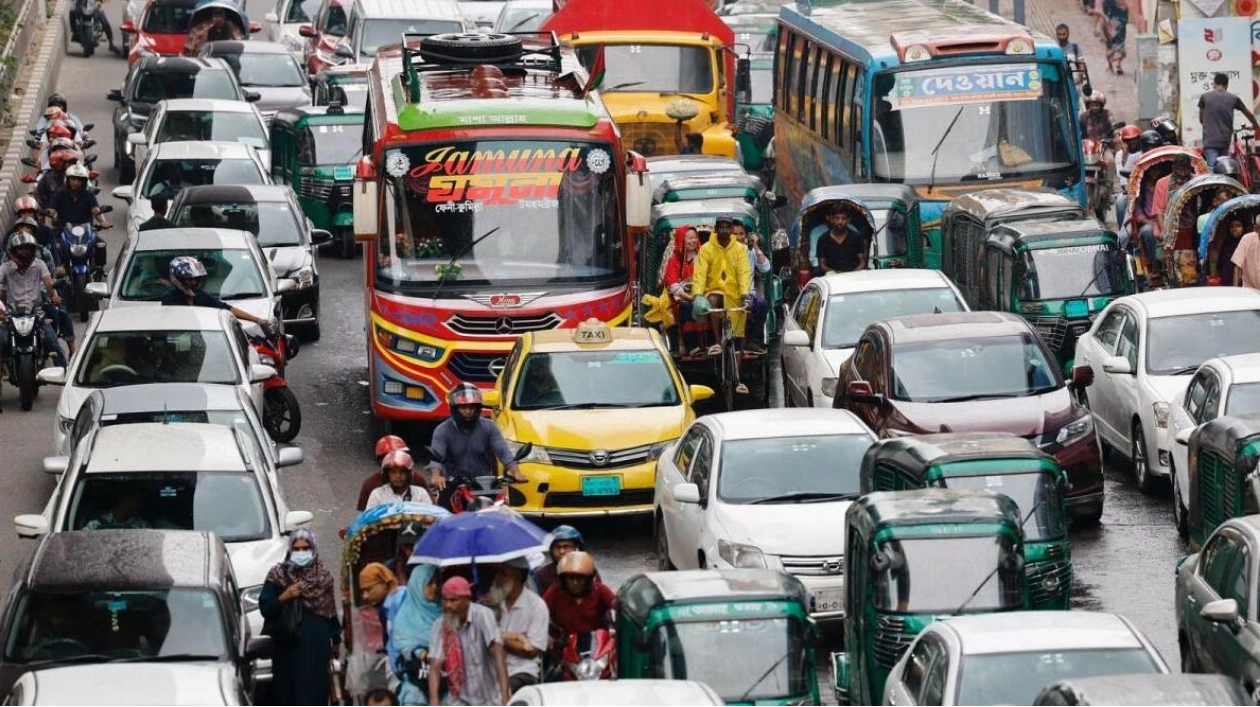Bangladesh's electricity demand increased by seven percent over three weeks of widespread protests that severely affected industrial and commercial operations, according to recent data. These protests, which began on July 16 over government job quotas, led to significant economic disruptions, and Prime Minister Sheikh Hasina left the country on August 6. Despite the turmoil, the country's daily power demand averaged 316 million kilowatt-hours, marking a seven percent year-on-year rise, as reported by the grid regulator. This growth was notably slower than the 10.1 percent increase seen in the June quarter due to intense heatwaves, but faster than the 3.3 percent rise in the milder March quarter.
The data highlights the significant growth in electricity usage in Bangladesh, which has seen the highest rate of power demand growth over the past decade among countries with over 100 million people. This growth is largely driven by residential sectors affected by extreme weather conditions. Unlike other developing Asian countries like India and Vietnam, where industrial consumption dominates power demand, Bangladesh's growth is primarily residential. The country, which is the world's second-largest garment exporter after China, supplies major global retailers such as Walmart, H&M, and Zara.
Shafiqul Alam, the lead energy analyst at the Institute for Energy Economics and Financial Analysis in Bangladesh, noted that power demand will continue to rise despite political instability, primarily due to household needs. He highlighted that longer and hotter summers have increased the demand for cooling in households, with residential demand growing at more than twice the rate of industrial demand over the last decade. According to the International Energy Agency, the share of electricity used by industries in Bangladesh decreased from 56.7 percent in 2010 to 44.8 percent in 2019, with households consuming more power than industries in 2020 and 2021.
Experts predict that the shift towards higher residential power consumption will sustain demand for fossil fuel imports, as local production is inadequate and the country's renewable energy output is among the lowest globally. Alam expects the use of coal-fired plants to increase due to falling global coal prices, while the contribution of gas in power generation might slightly decrease as coal remains competitive. Data from analytics firm Kpler shows that thermal coal imports rose 26.6 percent to 6.22 million metric tonnes in the first seven months, while liquefied natural gas (LNG) imports, the main fuel for power generation, grew at a slower rate of 2.6 percent, indicating a shift towards coal-based power generation.






